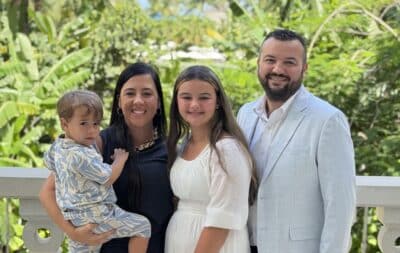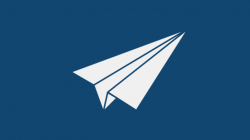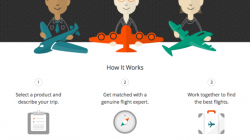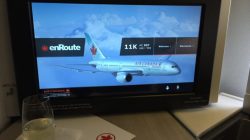Anthony Hariton, a computer science student in Greece, plans to give a lecture at a conference in May on how he managed to generate fake boarding passes with his iPhone. (HT to Slashdot)
On the surface it doesn’t seem too difficult. Not that I know how it works from a technical perspective, but I’ve already shown that some information on a boarding pass barcode can be decoded to estimate your success getting access to the TSA’s PreCheck line. It stands to reason that one could figure out other relevant information required to generate your own barcode entirely from scratch.
But that only gets you past security. At the gate, your boarding pass information is supposed to be reconciled with the flight manifest. Flight attendants will do this with paper copies if they have to, but normally they scan the boarding pass and a computer checks it automatically. This is why the machine will sometimes create an error message if it notices two customers have the same assigned seat or if an upgrade has been processed while the customer still has the old boarding pass.
Mr. Hariton seems to think he’s found a way around this reconciliation process and won’t share the details yet. But I found it interesting enough to share. Maybe someone who reads this blog knows more about it than I do.
And obviously, actually using a fake boarding pass is a really bad idea if you’re at all worried about getting in trouble with the airline and a host of government agencies. There’s a particular risk that you pick a seat assigned to someone else and you’ll get found out. But I’ve been on enough international flights with half-empty first and business class cabins that it would be fun to consider the possibility.




